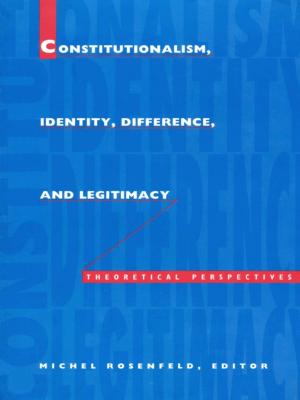A Primer for Teaching Environmental History
Ten Design Principles
Nonfiction, History, Reference, Study & Teaching, Science & Nature, Nature, Environment, Environmental Conservation & Protection| Author: | Emily Wakild, Michelle K. Berry | ISBN: | 9780822371595 |
| Publisher: | Duke University Press | Publication: | April 19, 2018 |
| Imprint: | Duke University Press Books | Language: | English |
| Author: | Emily Wakild, Michelle K. Berry |
| ISBN: | 9780822371595 |
| Publisher: | Duke University Press |
| Publication: | April 19, 2018 |
| Imprint: | Duke University Press Books |
| Language: | English |
A Primer for Teaching Environmental History is a guide for college and high school teachers who are teaching environmental history for the first time, for experienced teachers who want to reinvigorate their courses, for those who are training future teachers to prepare their own syllabi, and for teachers who want to incorporate environmental history into their world history courses. Emily Wakild and Michelle K. Berry offer design principles for creating syllabi that will help students navigate a wide range of topics, from food, environmental justice, and natural resources to animal-human relations, senses of place, and climate change. In their discussions of learning objectives, assessment, project-based learning, using technology, and syllabus design, Wakild and Berry draw readers into the process of strategically designing courses on environmental history that will challenge students to think critically about one of the most urgent topics of study in the twenty-first century.
A Primer for Teaching Environmental History is a guide for college and high school teachers who are teaching environmental history for the first time, for experienced teachers who want to reinvigorate their courses, for those who are training future teachers to prepare their own syllabi, and for teachers who want to incorporate environmental history into their world history courses. Emily Wakild and Michelle K. Berry offer design principles for creating syllabi that will help students navigate a wide range of topics, from food, environmental justice, and natural resources to animal-human relations, senses of place, and climate change. In their discussions of learning objectives, assessment, project-based learning, using technology, and syllabus design, Wakild and Berry draw readers into the process of strategically designing courses on environmental history that will challenge students to think critically about one of the most urgent topics of study in the twenty-first century.















